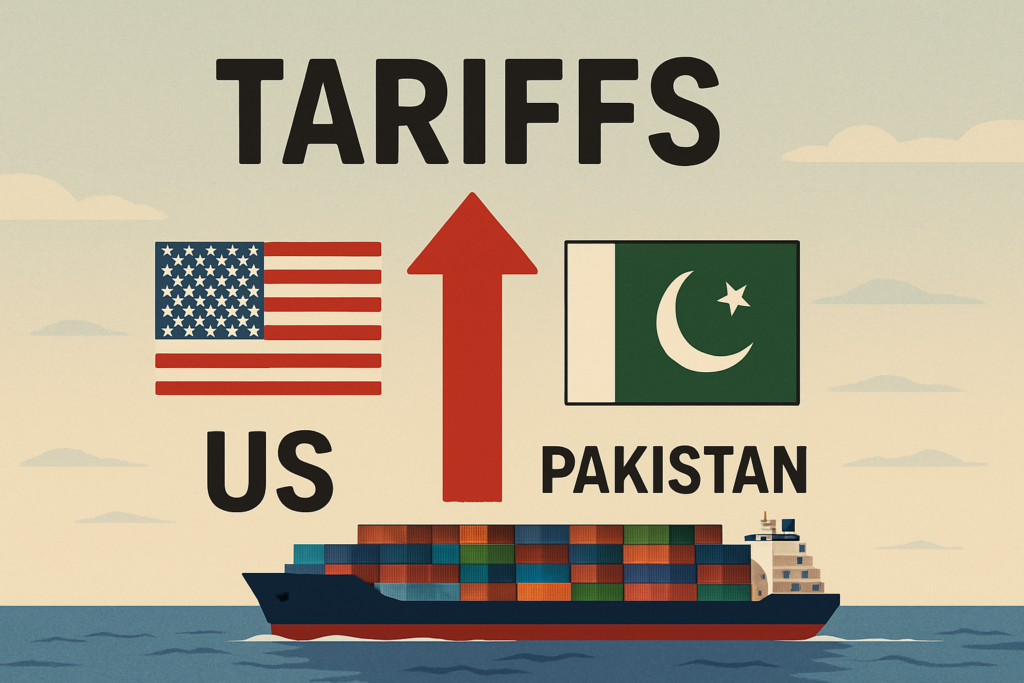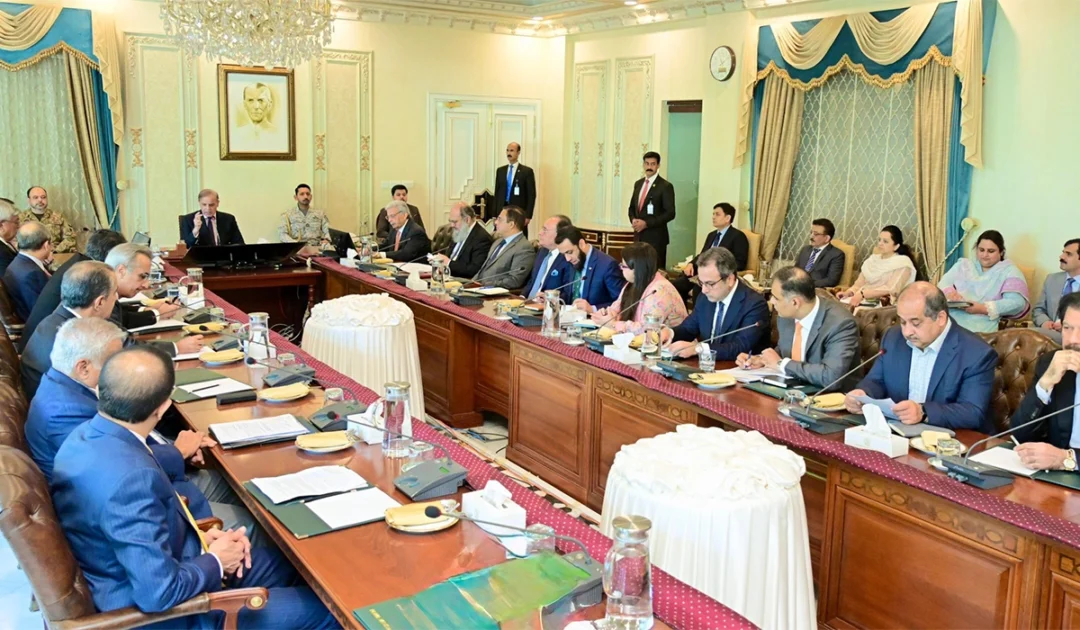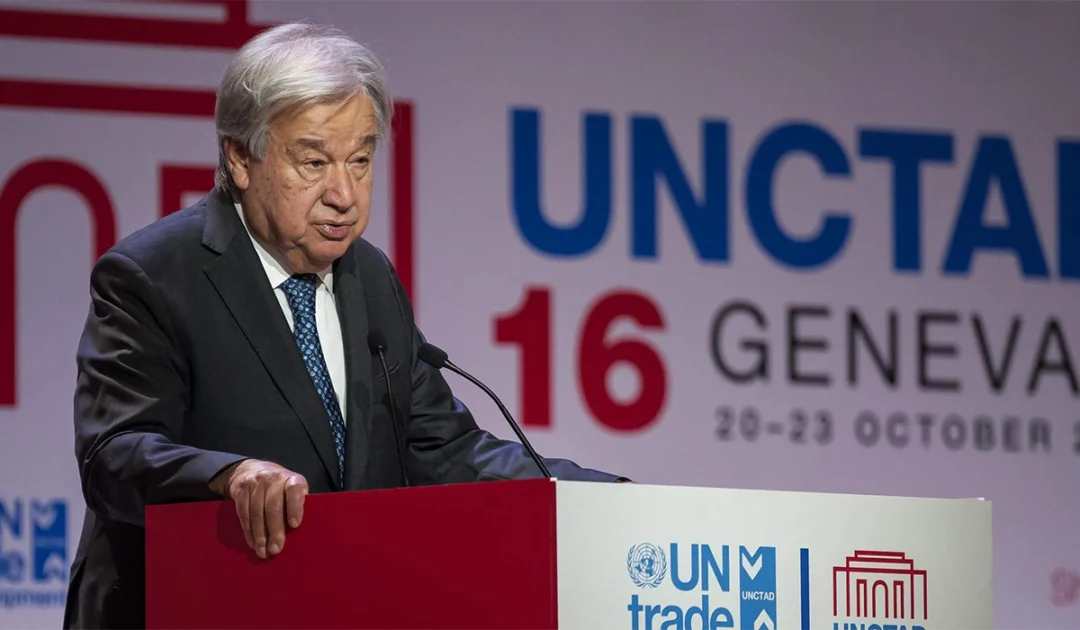What is a tariff, and why does something happening in the US affecting my local bakery?
-
- Web Desk
- Apr 11, 2025

Tariff is the new buzzword with most people now knowing enough that it is some sort of a tax that could make things more expensive. That’s also the goal of tariffs – to make things pricier! The logic is that by implementing tariffs on imports, the cost of foreign produced goods goes up, which in turn means that the locally produced goods become cheaper. So the consumers opt to buy local stuff over imported goods, reducing the cost and need for imports.
But if it is just the US that is imposing these tariffs, then shouldn’t things only get expensive inside the US too? I mean, why is everyone on the news saying the effects maybe ‘global’ and why would an iPhone become more expensive for Pakistan, even though it’s just the US imposing these tariffs?
Let’s dig into this.
The trick to remember here is that tariffs only ‘theoretically’ make imports more expensive and local products cheaper in comparison. In reality, even the local products include some portion of imports. For instance, the doughnut you are buying from your local bakery, is filled with “imported Nutella”. So if tariffs are imposed on imports, then Nutella’s price will also go up. And even though the bakery is local and the wheat, sugar, energy for baking are all locally supplied, the mere cost of Nutella will also impact the doughnut’s price.
Now let’s expand it to US-Pakistan case.
There are two ways Pakistan, and any other trading partner of the US will be affected by these tariffs:
REDUCED DEMAND FOR EXPORTS
The US is one of the biggest recipients of Pakistan’s exports in the world. In 2024, we exported nearly USD5.7 billion worth of goods to the US. Primarily we sell textile-related products to the US, including garments, home textiles, and fabrics. Now Pakistan will have to face a 29 percent tariff. To simplify, if a container of 1000 dresses used to cost USD100,000; now it will be USD129,000. Depending upon the product, some importers will transfer the entire cost to the end consumers, while some might share some burden out of their profit margins. So the final cost of the individual dresses might range anywhere from USD100 to USD129, in this example.
However, none of this extra USD29,000 is coming to Pakistan. It is paid by US importers to the US government. For Pakistan, this will potentially translate as lower demand. Which means next time the same seller might only buy 500 dresses instead of a 1,000, so Pakistan’s export revenue for this example will become only USD50,000.
HIGHER COSTS FOR PAKISTANI CONSUMERS
This one is a little more complicated to understand, because this is a rather indirect impact.
When the export revenue falls – as we saw in earlier discussion – the total revenue of the country also falls. With reduced demand for Pakistan’s goods, the producers need fewer raw materials to fulfil the new, lower demand. This means contraction in production, reduced demand for labour, and energy. This could eventually lead to unemployment in manufacturing, and further contracting related industries like energy companies. Now remember that all this is over-simplified for the sake of this article. In practicality, a lot of wheels are in motion all the time (which also presents an opportunity for Pakistan – we’ll discuss that in a bit).
So when production goes down, unemployment rises and more and more associated industries are impacted, and the cycle repeats, the end-result is lower wages and lower purchasing power of the people. This leads to widespread reduction in consumption spending – and that is where the risk of “recession” comes in.
There is also the contradictory impact of higher prices. Let’s say Person A is a wheat grower, and his annual output is one tonner of wheat. If it costs him PKR2,000 to produce 1kg of wheat, his total production cost will be PKR two million (PKR2,000,000). If he sells his entire produce, he needs to charge a minimum of this much amount to not make losses. Now let’s assume that due to reduced purchasing power, he is able to only sell 700kgs of wheat instead of his entire produce. He still needs to make Rs2 million to breakeven – so he might increase the price per kg from PKR 2,000 to PKR 2,858 to reach breakeven.
So while people’s purchasing power is going down, and demand is going down, the prices of essential goods is still going higher, because the producers need to cover their losses.
So if you look at the holistic picture, you will see how US imposing tariffs only on imports could also lead to higher prices in its trading partner countries.
THE IPHONE DEBATE
Now let’s replicate the same price increase model for all trading partners of the US. All countries are looking at reduced export revenue and rising domestic costs. This means that the producers will have to raise prices everywhere. That’s where the import costs of Pakistan will also go up.
Let’s talk about iPhones. If the cost of assembling and transporting iPhones go up, irrespective of the country where the production or assembly plants are located, Pakistan will have to pay higher amount to import iPhones now too. That applies on all imports that are affected by the ripple of US tariffs. Phones, cars, makeup, and as mentioned in the beginning of this article, even Nutella could get a lot more expensive.
THE UNIQUE OPPORTUNITY
This is where the concept of “one man’s loss is another man’s gain” comes in. The percentage of tariffs applied by the US on Pakistan is much lower than other countries, especially China. This means that if a Chinese exporter is also sending a container of 1,000 dresses to the US – the price of that will be USD154,000 after 54 per cent tariff, as compared to USD129,000 for Pakistan’s exports.
This presents an opportunity for Pakistan to take the share of other countries in selling products to the US. So while the cost of Pakistani goods will still be higher for US consumers than their local products – theoretically – it will be lower than other imported alternatives.
And that is what Finance Minister Muhammad Aurangzeb’s working group delegation aiming to discuss with the US in their upcoming visit.
Also read: Pakistan announce working group on policy response to US tariffs





